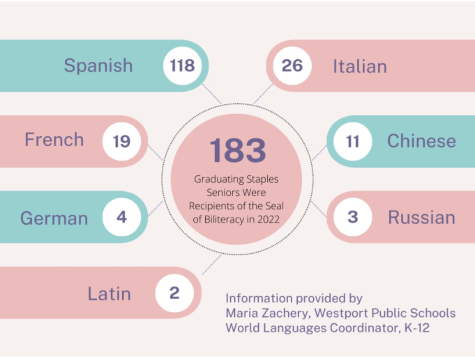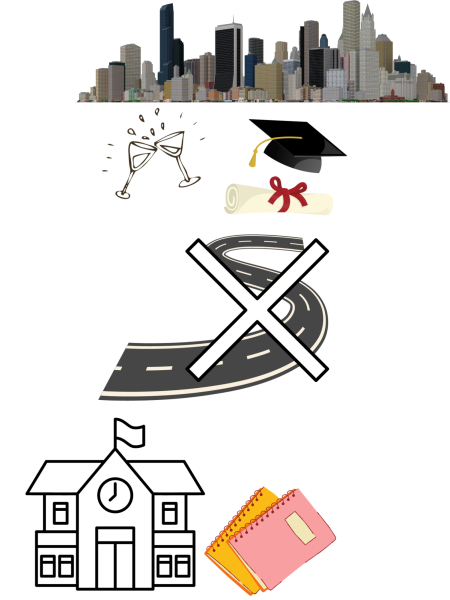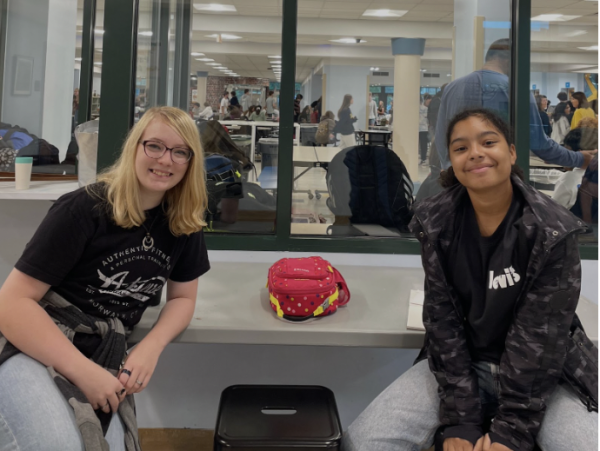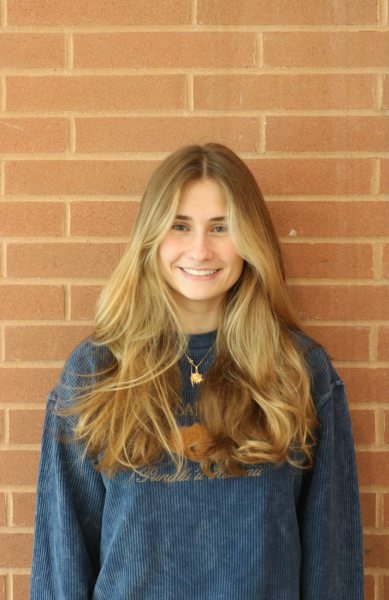
At a family wedding last weekend I overheard a cousin say, “I’ve got to get financially literate” as if it were a skill set they could grab from a shelf or in a class.
Here’s the problem: financial literacy is not a quick read. Rather, it’s a journey–a series of lessons and experiences that build over time, ultimately forming a foundation of understanding.
A 2021 Greenlight study found that three-quarters of teens reported a lack of confidence in their personal finance knowledge. I’m grateful to have grown up with parents who taught me about money from a young age. They provided me with an allowance, encouraged me to distinguish between necessary versus discretionary purchases and included me in discussions about basic saving and investing vehicles.
Over the years, my knowledge of finance has grown based on four key pillars that every student should know and understand–expense discipline, touching your own money, budgeting and saving.
Developing an understanding of expense discipline is the right starting point for becoming financially literate. This is a skill gained by way of developing new habits, behaviors and mindsets. This principle might be defined by way of a very simple example: bringing a sandwich to school for lunch every day for a week versus buying.
Good habits evolve from this practice and will position us to pay our own electric, water and grocery bills in the future.
— Talia Varsano '24
I often hear friends saying that they love Apple Pay or I watch them tap credit cards, and I get the appeal: it feels like you aren’t paying with actual money. We all love the accessibility of ordering food from the couch with a few taps on UberEats, eyes wide when it arrives 25 minutes later. But my advice is to take a pause before purchasing an item and think about what will happen once you swipe, realizing these purchases are real charges against your savings and earnings, and they add up.
The second pillar is learning to spend your own money. In seventh grade, I started babysitting and earning money. I make about $20 dollars an hour. Now, whenever I am downtown and desperately want to buy a new shirt for $60, I can’t help but equate that price to three hours of chasing a two year old with apple sauce all over his hands. I ask myself, “Is the shirt worth it?” Sometimes the answer is, “Yes,” but more often than not, the context of the moment grounds me and the value of my work will often outweigh the value of the thing I want.
The third pillar is budgeting. It is fundamental to learn how to anticipate expenses in the future by setting aside funds in the present.
As teens, we generally have more leeway to make financial mistakes. We shouldn’t ignore chances to use these opportunities as practice to tackle expenditures on items like gas and toiletries. Good habits evolve from this practice and will position us to pay our own electric, water and grocery bills in the future.
The fourth and final pillar of financial literacy is saving long term. I know when I get done with college, I will need to have money for my first month’s rent and a security deposit. So, I need to start saving now, for something happening five years from now.
I also want to ensure that the money I save is oriented towards appropriate risk considerations. I have to be realistic of my risks, so that I’m sufficiently “liquid” when I need to be. Between now and then, the goal is that I’m earning the greatest degree of interest while maintaining downside protection. I’ve recently altered my savings account to automatically funnel 20% of my income flowing into the account towards an Asset Allocation Fund set to five years and another 20% to a Roth IRA (programmed far out to my retirement in my late 60’s). This way, when I leave college, I will have money from my savings, money that has potentially grown and money growing in a retirement fund.
At every stage of our lives, we should learn to ask questions about our own risk profiles and how our assets for mid and long-term savings are deployed to serve all these considerations. Today, I know I can afford to assume fairly aggressive risks. I have time on my side, allowing me to take more steep risks in pursuit of higher interest. Because I’m young, I know I will be able to rebuild any loss I suffer over time.
Becoming financially literate is like learning a new sport. You don’t just hit the turf and start playing soccer. Rather, you go out and start by pushing a ball along the field, learning the various ways to pass, dribble and coordinate with others on the field. Every lesson builds upon the last over time until you have acquired a strong foundation built on first hand experience.


















































